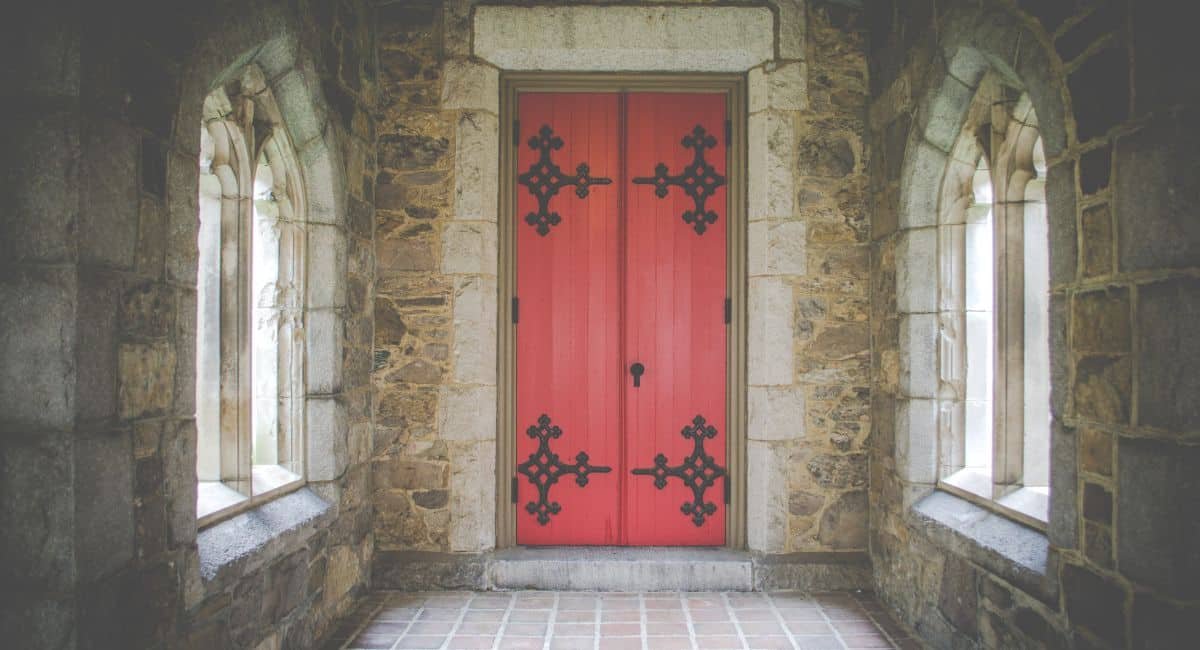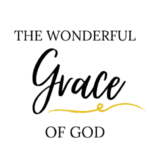[ad_1]
These days in a world of ongoing communal crises, I find myself asking different questions of my own spirituality as well as our communal faith tradition. My questions about education in the church are no longer about formation or discipleship, but I am asking: How does our communal healing and restoration happen?
Longing for More Meaningful Community
There is an unprecedented opportunity for the church in our times. In my role as an advisor for D.Min. students, many of whom serve as full-time clergy, I’ve been hearing a common theme. Since the pandemic, clergy are struggling with noticeably lower attendance and smaller congregations. This lack of attendance, however, is not a sign that people are losing their faith or are any less spiritual. Actually, this trend is a sign of the opposite reality. As a spiritual director, particularly to people of color, what I am hearing is that people are longing and aching for a greater depth in their faith experiences and a more meaningful community than they are finding in the institutional church.
This significant shift leaves clergy with a choice. They can attempt to convince their congregations to return to the same practices through the same methods, or they may choose to let go of church as it has traditionally been practiced. They may choose to allow the church to evolve.
What we are evolving into, no one knows yet. But I believe our ache for belonging and for divine experiences will continue to gather us in forms of community. Nature teaches us that life happens in cycles of death, life, and rebirth. We naturally need seasons where our organizations and institutions die in order to experience rebirth. I believe historically we are in one of these cycles. In order to embrace this invitation for a communal evolving in our moment in history, we must ask new questions and open ourselves to new imaginations.
A Need for Deep Healing in Churches
The question I ask to stir a new imagination is: What would it look like for the church to be a place of healing? Sadly, churches aren’t known for being places of rest and healing. Churches are more likely to be associated with burnout and abuse than rest and healing. When I think about renewal amid the unending cycles of racial violence, pandemics, and wars, I know that healing will not come just from outward actions of charity and protest. In order for healing to sustain, it must come from a deep transformational movement within both individuals and communities of faith. Our society’s brokenness is a sign of an interior disease, and we need deep healing in order to sustain healthy communities.
Thus, in this post, I invite us into three movements for our communal healing.
Movement 1: Dwell in the Harm and Pain of the Past
In the U.S., our history of colonization and racism haunts us. As part of our healing, we must ask: How does the history of slavery, colonization, and western missionary activity affect our faith and spirituality? All Christians of color wrestle with this question but may be asking these questions in secret and isolation out of fear of reprimand. White communities also need to ask this question, even though they have the privilege of choosing not to.
Confronting the pains of the past is hard for us to do. We want to keep moving toward the positive and away from pain. Our western culture, particularly in the U.S., tends to be a future-oriented culture. We are constantly thinking about and preparing for what’s next. Past-oriented cultures, however, believe that our present involves continuous cycles of repercussions of the past. Thus we need to know and acknowledge our past, even if it is unpleasant and shameful.
If we don’t face our past, we just keep passing on the cycles of racism and violence. We carry the wounds even if we ignore them, and each generation continues to act out of their wounds. Even if the church was simply silent and absent in the past, if we don’t acknowledge that complicity, then we will continue to do nothing in the face of the injustices in our times.
Our continual collective repentance can be incorporated into our cycles of liturgy so that we are reminded of historical injustices as part of our yearly rhythms of formation. We let the stories of the past form the kinds of community we hope to be in the present.
For those that facilitate formation in their communities, this movement involves recognizing that engaging texts, podcasts, pilgrimages, and other resources that address our troubled history is an essential part of our faith formation. We need safe spaces of community dialogue that allow us to honestly confront our past, both as individuals and as a collective, and formation ministries have the potential to be that safe space.
Movement 2: Access Our Internal Resources
Spirituality is a way of accessing our internal resources and divine sources in order to sustain and survive. In our Christian education and formation, this means honoring different ways of knowing and trusting our knowings as part of our discernment.
In Our Unforming: Dewesternizing Spiritual Formation, I wrote, “We need to redefine spiritual formation not as growing or learning but as our dynamic and tangible everyday encounters with and in the spirit” (p. 61). Our future orientation has affected how we have defined and taught formation as a process of growth. Defining formation as growth has led to an emphasis on formation through words — Bible studies, teaching, and preaching — rather than practice. This emphasis implies that we access divine sources outside of ourselves through study. This has left us with people of faith who don’t know how to listen for the whispers of the Spirit or to their own voices. We have become dependent on clergy and other leaders to be mediators of our connection to God.
What non-western spiritual traditions teach us, however, is that people primarily enter spirituality through practice. It is our practice that gives us direct access to divine presence. Accessing these sacred experiences means we connect to divine presence less through word or mind and more through our bodies, intuitions, emotions, dreams, and connections to nature. Our education and formation through the body entail learning to listen to all these parts of ourselves and our experiences. We learn to honor the different ways that these parts of ourselves communicate to us and the ways they may be divinely inspired.
For those that facilitate groups, the principles of group spiritual direction may also be helpful for accessing, acknowledging, and honoring our different ways of knowing with community. One practice in group spiritual direction that may be useful for church groups as well is to pause for silence after each person speaks. The rhythm of silence prevents the group from getting into discussion or debate mode, and each silent pause acknowledges the sacredness of our human-divine experiences.
Movement 3: Take Ownership of Disharmony in Our Communities
Lastly, we need to see our own lives as part of a larger ecosystem. Our nature kin teach us how they live in attunement with each other. Each member of the ecosystem is connected to all other members. Each part of the ecosystem needs to be in tune with each other’s rhythms of movement in a collective harmony in order for the whole ecosystem to thrive. When one part of the ecosystem begins to suffer, however, eventually it will affect every other part of the ecosystem.
As human beings, we are part of the same ecosystem, yet in our modern lives, we have disconnected from our attunements to our ecosystem. Thus we are living in a collective disharmony. We have numbed ourselves to the sufferings of others in addition to the sufferings of the earth. We choose again and again to turn away and ignore the injustices of our times. Each time we disconnect and turn away from parts of our ecosystem, our hearts harden.
Our healing means learning to be attuned again. When members of our community are suffering, we know that we are suffering too. When other parts of the ecosystem are not thriving, we take ownership that it’s our problem too. A formational practice we need in our times is to feel our collective connection to one another and our nature kin once again. Our collective attunement is also a connection to the tender and merciful heart of God, for I believe that God also deeply feels each and every one of us in God’s very being.
For those that lead and facilitate formation, this movement means not staying silent whenever tragedies and injustices occur in our societies. It’s important to adapt and change whatever we may have planned in order to name, rage, and grieve the traumatic events in our world. In the naming, we communicate that what happens elsewhere is not disconnected from our individual realities.
Only a collective acknowledgement of our interconnectedness to one another will bring collective action. And only collective action will bring lasting change and healing in our societies.
To find out more about Cindy Lee’s book, Our Unforming: De-Westernizing Spiritual Formation, you can visit the book’s website at Fortress Press.
Featured image is by Kelly Sikkema on Unsplash
[ad_2]
Source link







You must be logged in to post a comment.